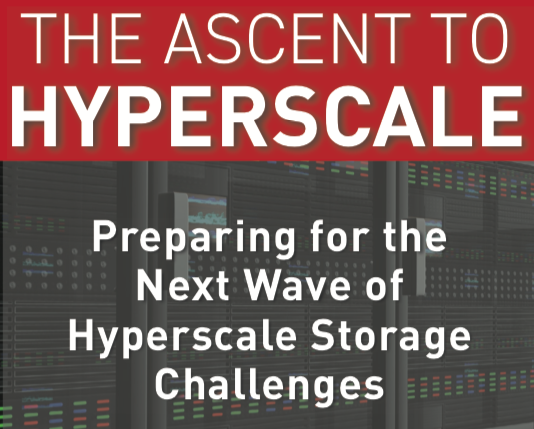Air-Gapped Storage Solutions Simply Can’t Be Hacked

The changing landscape of the data protection industry has evolved from primarily backing up data in order to recover from hardware, software, network failures and human errors, to fighting a mounting wave of cybercrime. Over the years, hardware and software have significantly improved their reliability and resiliency levels but security is a people problem, and people are committing the cybercrimes.
Cybercrime has now become the biggest threat to data protection and the stakes are getting higher as anonymous individuals seek to profit from other’s valuable digital data. With a cease-fire in the cybercrime war highly unlikely, we are witnessing a rapid convergence of data protection and cybersecurity to counter rapidly growing and costly cybercrime threats, including ransomware. The growing cybercrime wave has positioned air-gapped storage solutions as a key component of digital data protection – they simply can’t be hacked.
Traditional backup and archival data can be stored locally or in cloud environments. In contrast, a cyber-resilient copy of data must meet additional more stringent requirements. This is where “air gapping” and tape technology are gaining momentum. The rise of cybercrime officially makes the offline copy of data stored on tape more valuable and takes advantage of what is referred to as the tape air gap. The tape air gap is an electronically disconnected or isolated copy of data in a robotic library or tape rack that prevents cybercriminals from attacking a backup, archive or any other data.
Tape cartridges in a robotic tape library or manually accessed tape cartridges in tape racks, are currently the only data center class air-gapped storage solution available.
For more information, check out this Horison Information Strategies White Paper “The Tape Air Gap: Protecting Your Data From Cybercrime.”







